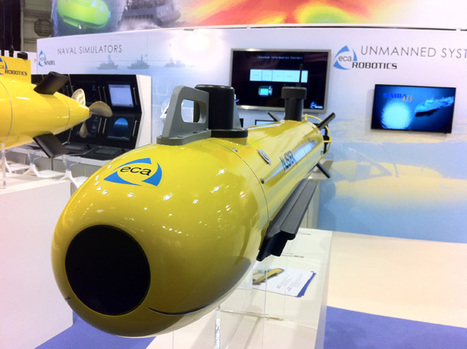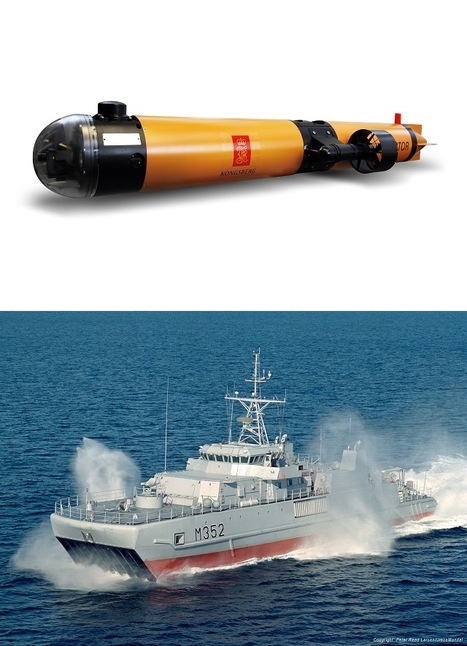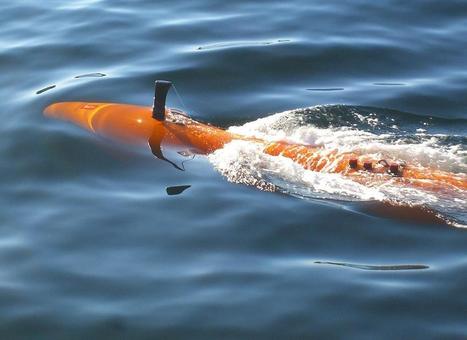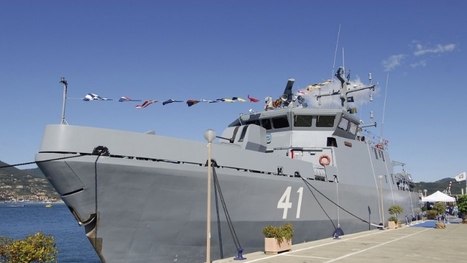Kazakhstan and France are to work together on unmanned underwater vehicles (UUVs), Kazakh national defence company Kazakhstan Engineering revealed on its website on 16 February.The company's Gidropribor subsidiary will be co-operating with French firm ECA Robotics in the field of UUVs. The agreement will see the Kazakhstan Navy procure 10 UUVs for use on survey work in the Caspian Sea, as well as for finding and destroying objects on the sea floor.Under the agreement signed by ECA Robotics and Gidropribor, the Kazakh firm will undertake local assembly of the platforms as part of the procurement contract, which will last through to 2017. As a result, the firm will be able to increase its workforce by 10 to 15%.Furthermore, ECA Robotics will work with Gidropribor to export UUVs and similar remotely operated vehicles to other countries in the region and in Asia.
COMMENTThe move by ECA Robotics into the Kazakh market comes at a time when French defence companies may be looking to move away from the Kazakh and Central Asian market.Previously established joint ventures between Kazakhstan Engineering and Airbus Helicopters (formerly Eurocopter) and Thales are under evaluation. The Kazakh government revealed in March 2014 that it was allocating KZT10 billion (then USD54 million) to purchase the Airbus Helicopters 50% stake in the Eurocopter Kazakhstan Engineering joint venture. The Kazakh government is also selling its 50% stake in the Thales Kazakhstan Engineering joint venture, with tenders closing for a second time on the loss-making enterprise in February 2014. However, Thales' future strategy for the joint venture is unclear.Additionally, the company is limited in its customer base for the Caspian Sea, with Russia and Iran both under international sanctions. French firms have begun to make inroads into the Turkmenistani energy market, but the country's main infrastructure is geared towards onshore field development and overland pipeline transport.
Via henry, Patrick H.



 Your new post is loading...
Your new post is loading...












